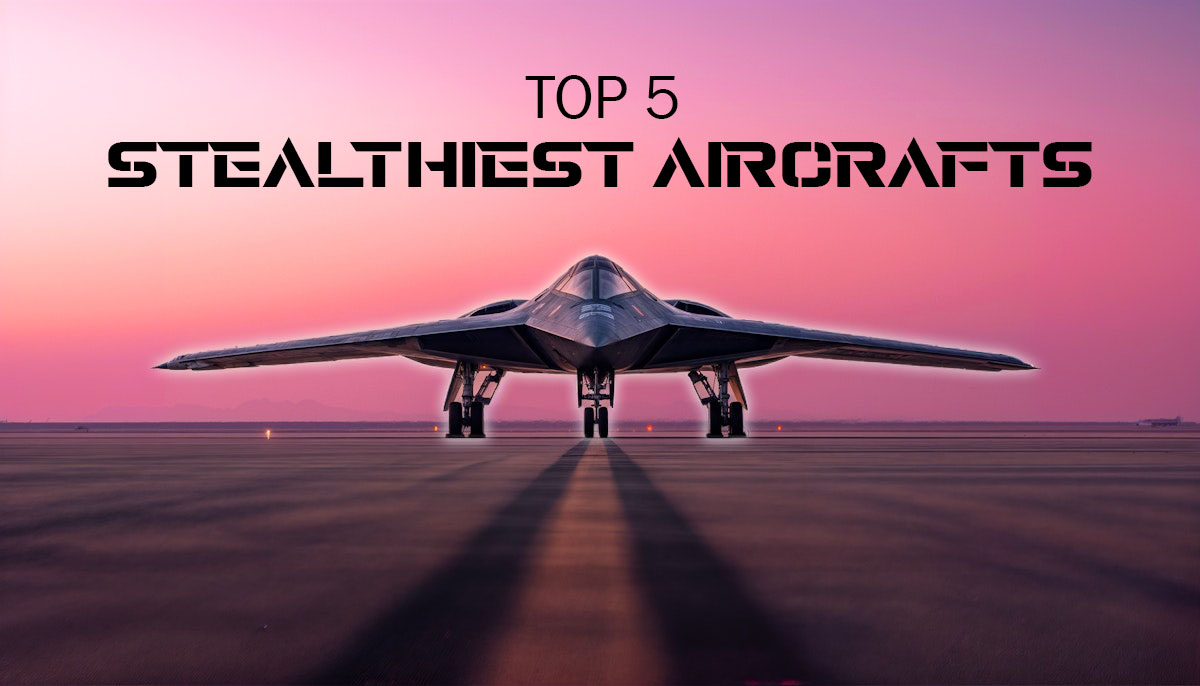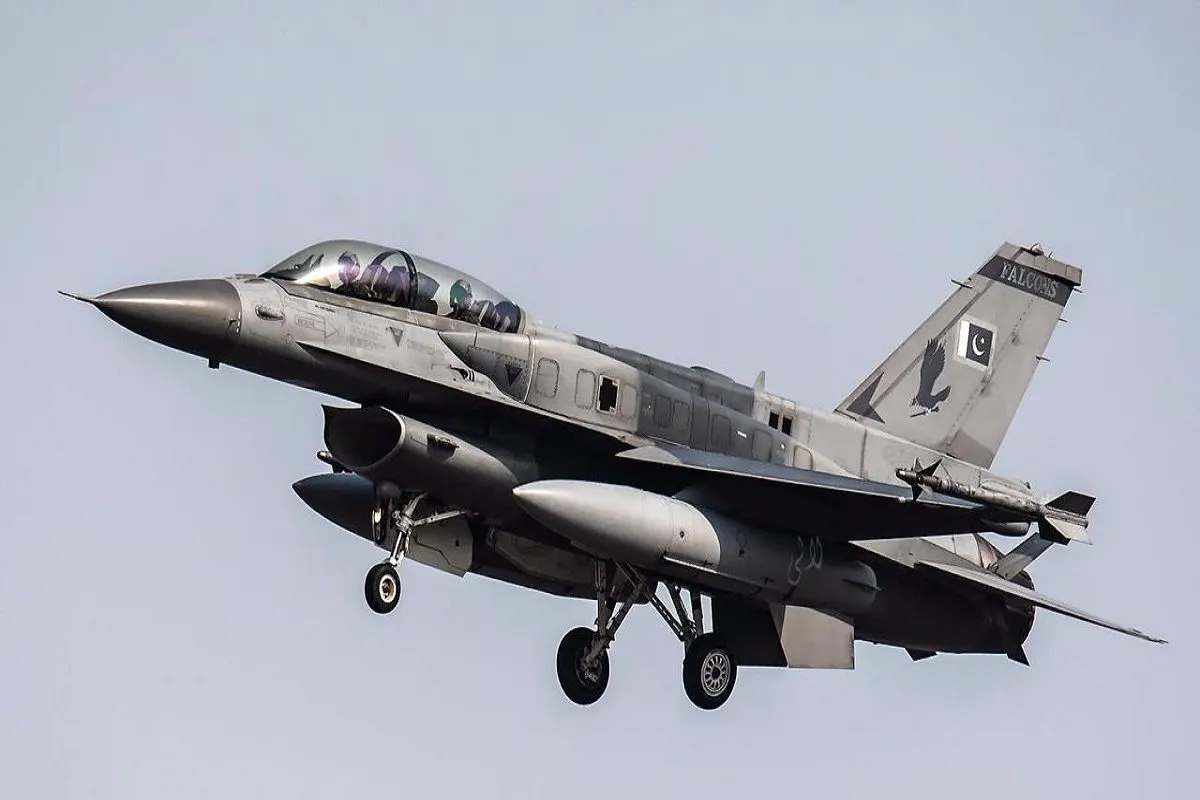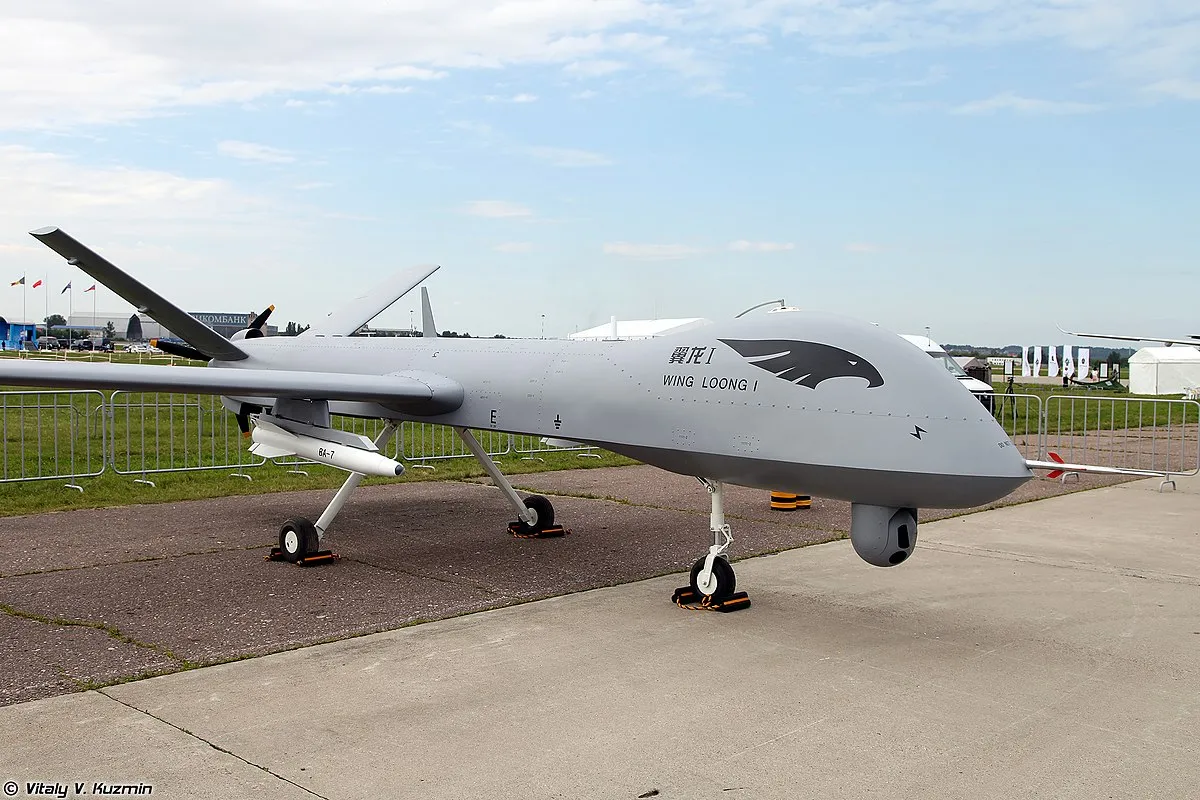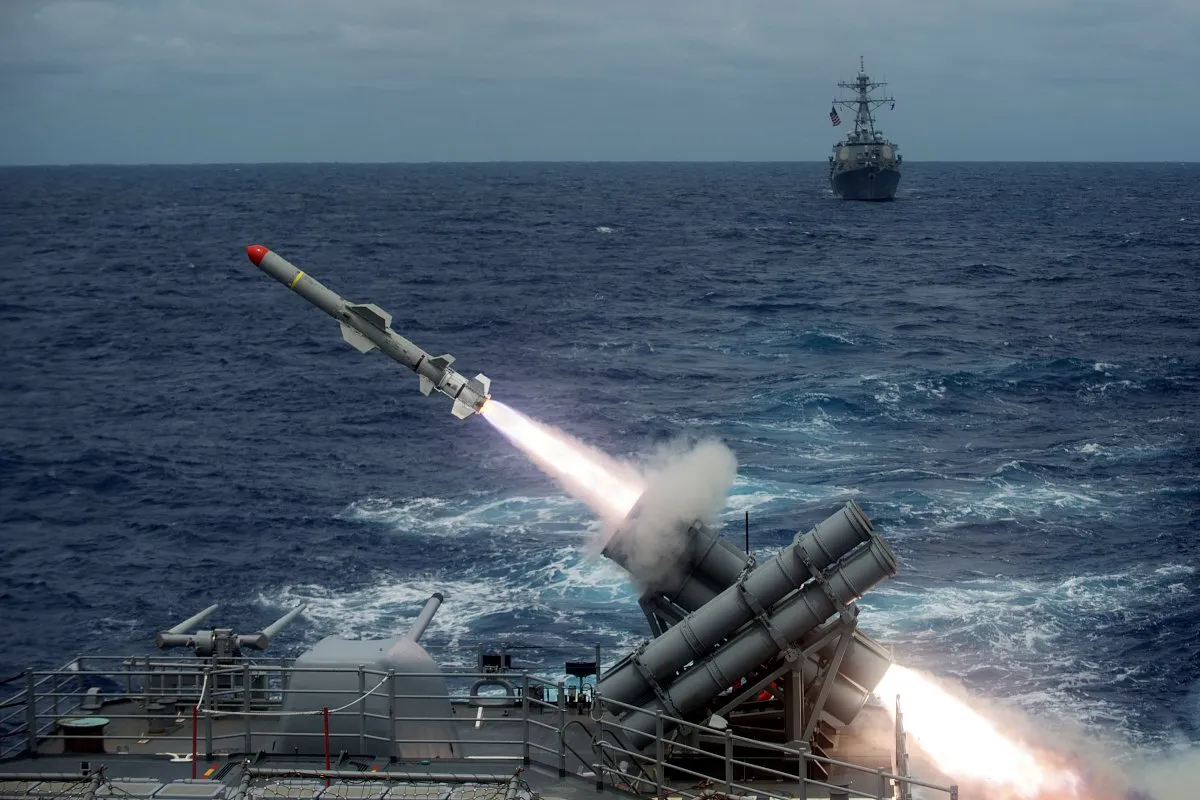Cluster munitions are a class of explosive weapons that release smaller submunitions over a wide area, designed to target dispersed enemy forces, armored vehicles, and infrastructure. While they offer significant tactical advantages on the battlefield by saturating large zones with explosive force, their use has become highly controversial due to the potential for unexploded bomblets to harm civilians long after conflict ends.
Originally developed during World War II and widely used throughout the 20th century, cluster munitions are now subject to international scrutiny. Over 100 countries have signed the Convention on Cluster Munitions, banning their use, production, and transfer. However, several key military powers, including the United States, Russia, and China, have not joined the treaty, citing the munitions’ military effectiveness.
Pakistan has developed and maintained a range of cluster munitions as part of its defense capabilities, although their deployment is carefully regulated. As the international community continues to debate the ethical and strategic implications of such weapons, the future of cluster munitions remains uncertain—torn between battlefield utility and humanitarian concerns.






